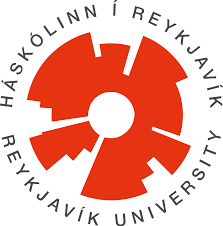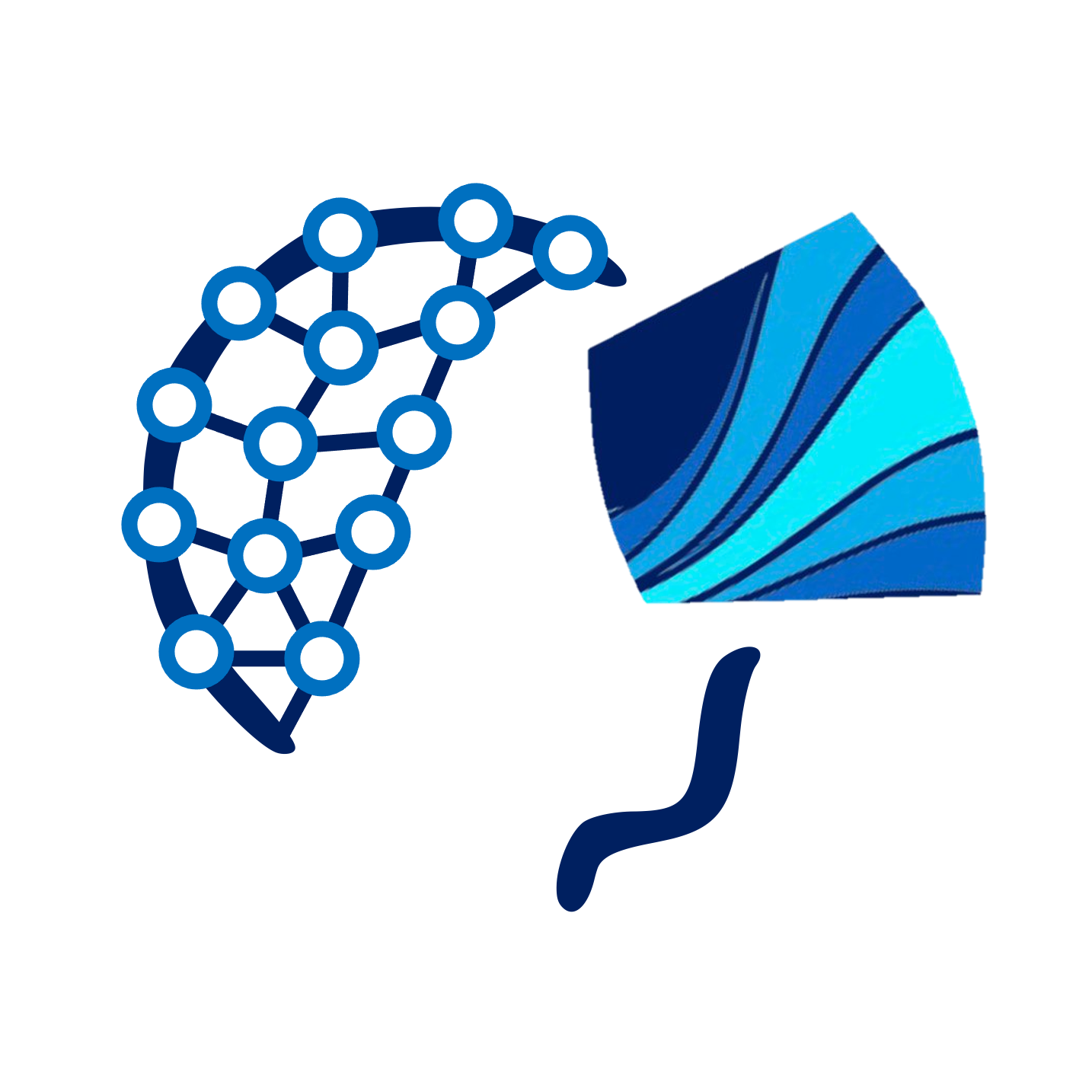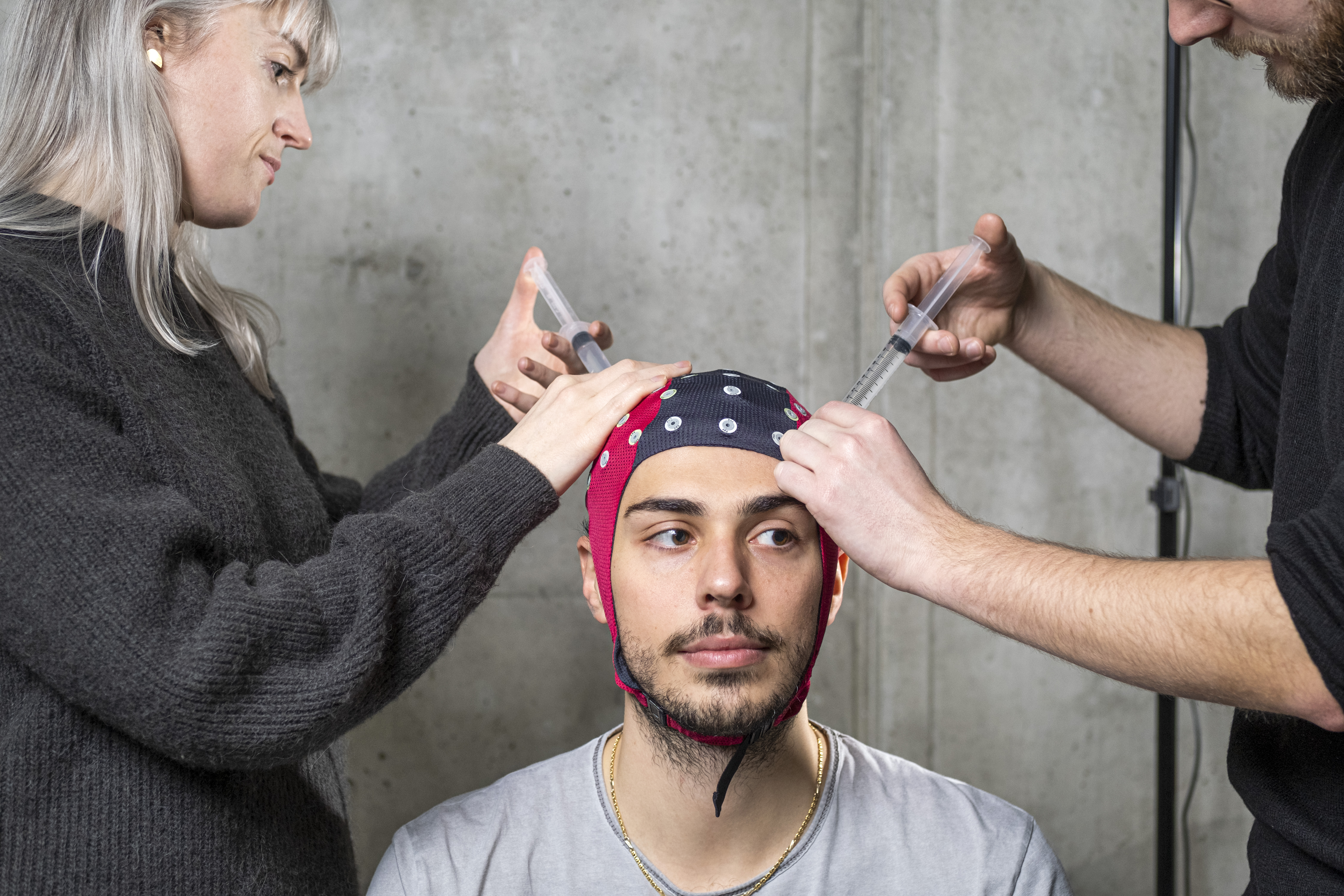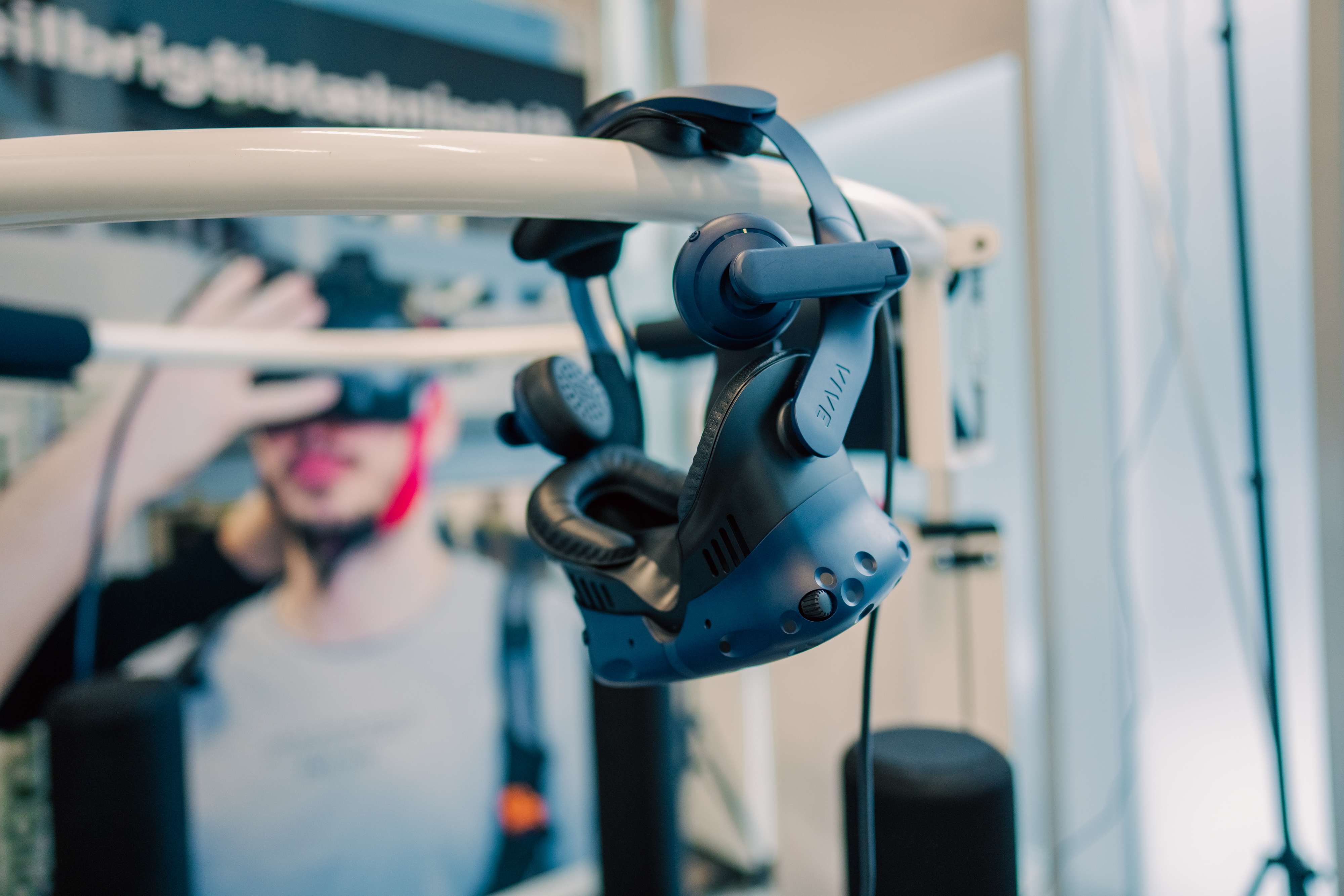What is the Postural Control System?
The Postural Control system is a crucial part of our central nervous system that helps us stay upright, move around, and manage various automatic responses essential for everyday activities. It operates subconsciously, relying on continuous input from our eyes, inner ears, muscles, and skin sensors. When the Postural Control system is not working correctly, it can lead to issues like dizziness, vertigo, and balance problems, which can greatly affect our daily lives.




